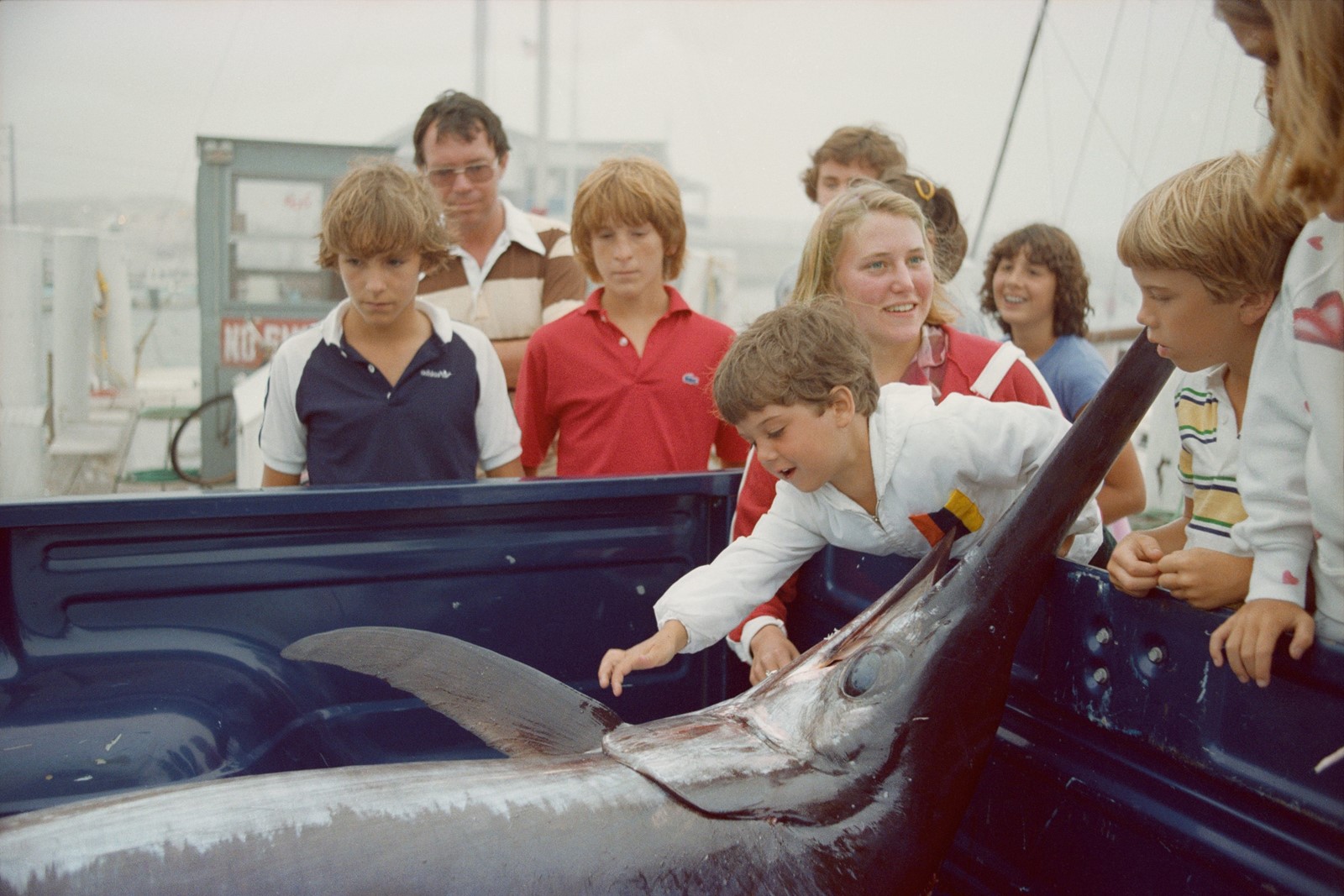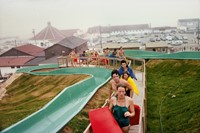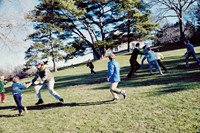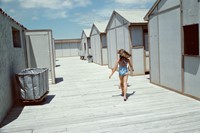Tina Barney is one of the most significant American photographers of the last half century. Since studying at the Sun Valley Centre for Arts, Idaho in the late 1970s, Barney has produced seminal monographs including Theatre of Manners (1997) and The Europeans (2005), exhibited in countless gallery spaces internationally and photographed commissions for W, American Vogue, Tory Burch and Vaquera.
It is the early, formative years (1976-1980) of Barney’s practice that is now the focus of The Beginning, a new photo book published by Radius Books. In the introduction to the publication, Barney describes her motivation to make these photographs during summers with family and friends on the East Coast, winters in Idaho and various spring vacations: “I so deeply understood the perfection of my life, the splendour of the landscape, the houses and their interiors, and the people I cared for more than words can say. These feelings were so profound that I had to do something about it. I wanted people to notice what was around them.”
Using photography to examine the details of her lived experience has become Barney’s primary mode of working, with scenes often presented as large-scale tableaus. The Beginning hints at the foundations of her profound interest in domestic space, decor, gesture and relationships.
Below, AnOther spoke with Barney to learn more about the development of the book and the notion of domestic space as a stage on which life is performed.
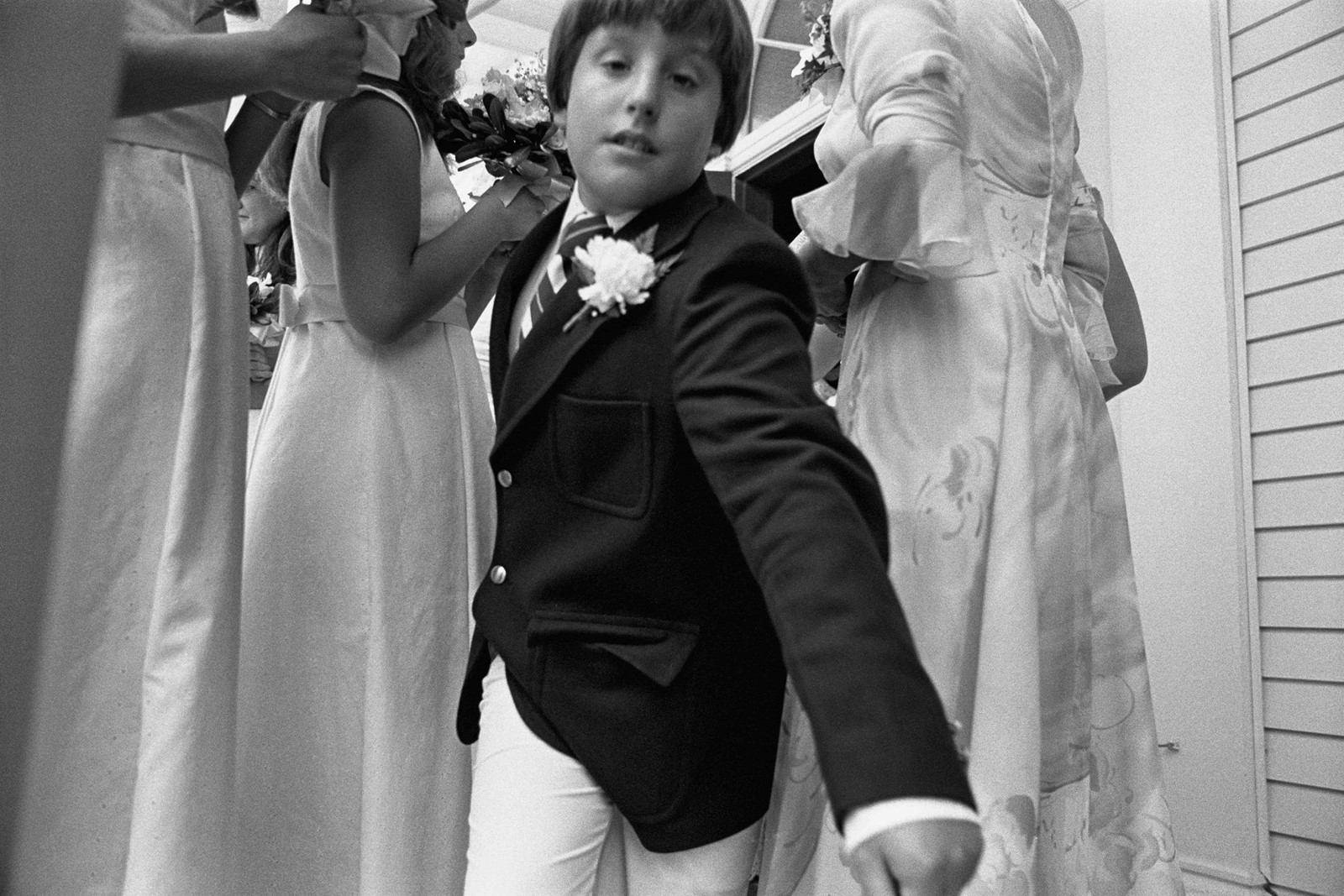
Adam Murray: Can you describe your feelings when you first started to revisit the photographs featured in The Beginning?
Tina Barney: It was the winter of Christmas 2020, and I was in Rhode Island where I keep my archives. My entire archive was there, where I spend every day, but I kept putting it off because it was simply too big of an idea. What was crucial was meeting Tod Lippy. I don’t think I ever would have made a book of this work without him. I had all these negatives to go through, and I didn’t know what to do with them. As I was scanning them, if I saw some negatives of puddles on the ground or barn fences, I would put those away. I visually edited them in my mind with no kind of purpose beyond that – either put them away back in the file or keep them. It was [done] in a very clinical way; I never would’ve gotten them finished if I’d stopped and been nostalgic about every image. Then I sent all the scans over to Tod and he designed the dummy.
AM: Which image from the book elicits the strongest memory for you?
TB: I think The Waterslide sequence has a lot of narrative to it. There’s so much going on in that sequence, so that brings back a lot – I remember that day and those friends really clearly.
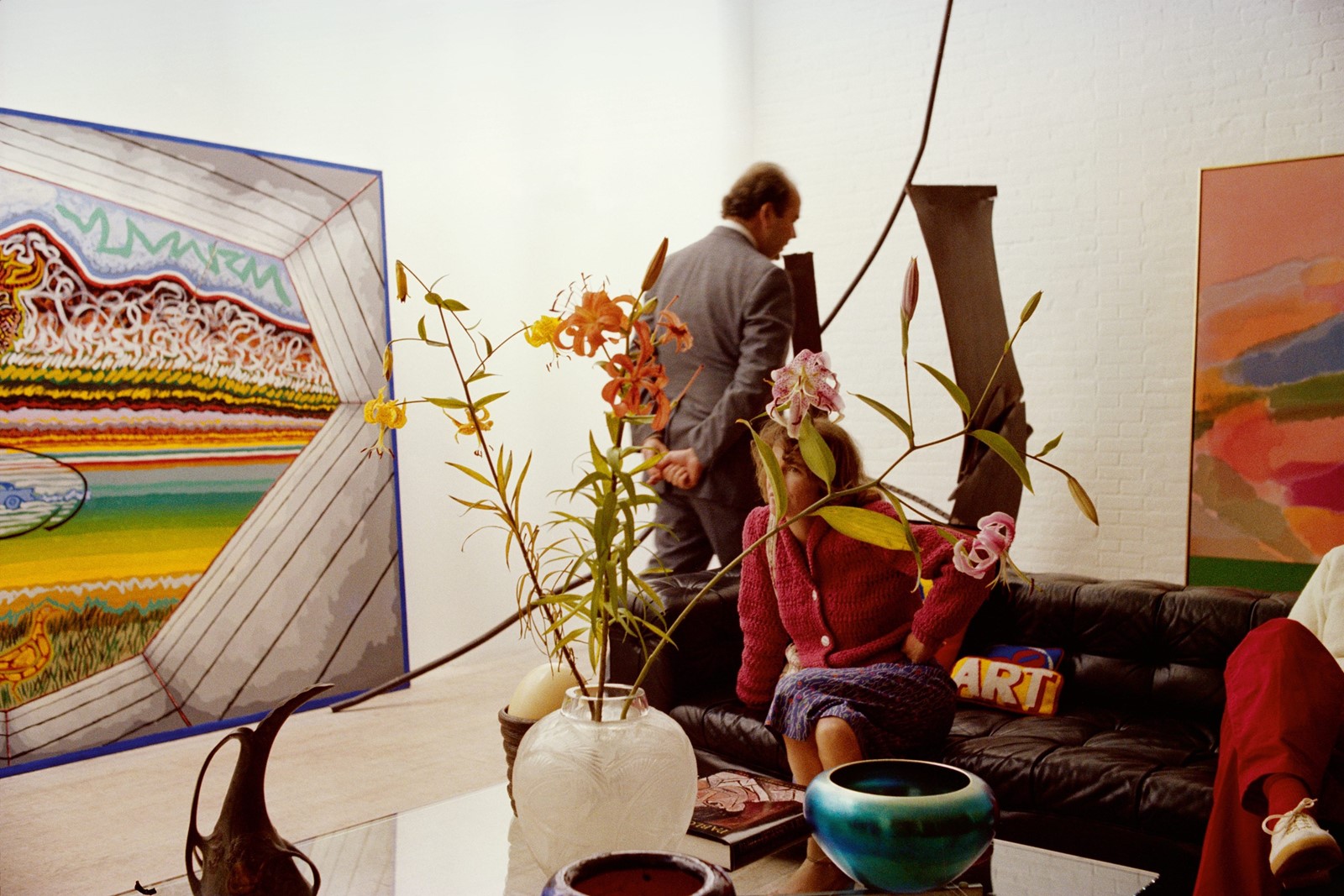
AM: In the introduction to the book, you explain how your decision to make large-scale prints “allowed the viewer to enter the space that had been photographed and move around the theatrical existence I had created with characters and settings from my life.” Can you expand on this notion of domestic space being a stage on which life is performed?
TB: There are two parts to that. First, I’m drawn to the formal element which has to do with the structure of the space, which was actually also a technical issue. I started photographing interiors without people because I didn’t have lighting, which meant that the movement of people would blur. That’s a technical problem that led to this idea of the stage. So, I started photographing without people.
Then I broke my ankle and I was in a wheelchair, and I had a few friends take me to museums. I realised that I could take pictures of people if I put the camera on a tripod. I could photograph people – slowly – and [after that] I couldn’t go back. There is a sequence in the book that’s in The Met Museum, with the little old lady coming out of the American Wing [of the museum]. That was a big stepping stone. And then the second part of the performance element – adding people to those interiors, where they live – was when I started using lighting to actually take the picture and not have the person blurred, which was in 1986. For example, Sunday New York Times was before that, without that lighting, so I was screaming at everyone to hold still with me counting, “One-one-thousand, two-one-thousand, three-one-thousand …”
“My standards were so high that I never would have thought myself capable. Then, I took a class and thought of it as a hobby” – Tina Barney
AM: You were surrounded by painting growing up and have even described yourself as a ‘Sunday painter’, so why is photography the best medium for you?
TB: It just didn’t go that way, really. First of all, let’s start with the fact that I’ve never thought of myself as an artist and never would’ve thought of myself as a painter, because it’s such a difficult medium. I collected photography before I made it. My standards were so high that I never would have thought myself capable. Then, I took a class and thought of it as a hobby. Then it evolved gradually into my profession.
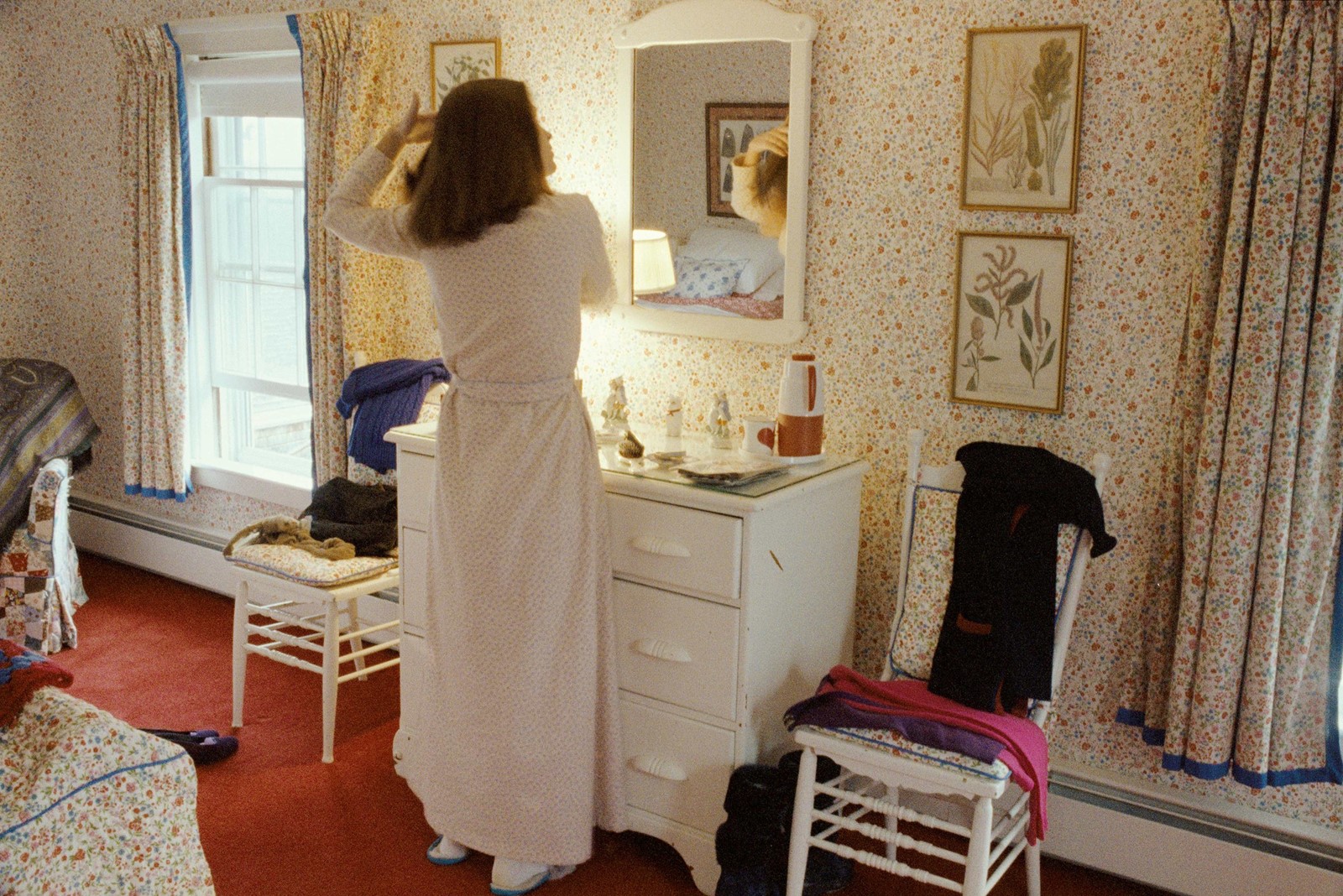
AM: What subjects do you paint?
TB: I started painting snapshots from family photo albums that my mother and father made, and I’ve always made family photo albums before I started getting serious with my own work. [I was also] going back to my maternal grandfather’s glass plate negatives from 1917; a combination of all those memorabilia, you could say.
AM: Your commissions for W magazine are highly regarded and you have photographed numerous fashion campaigns. How does your image-making experience differ when the subjects are less personal?
TB: Not so much really, because first of all, I always ask for an interesting setting – that’s almost more important than the subject matter. And the models and the clothes are always interesting, so I take all of that as a formal puzzle, not as a narrative or personal one. Also, my mother was a fashion model and interior decorator, so that also rubbed off on me.
AM: You studied at the Sun Valley Centre for the Arts from 1976-1979. What was your experience as a student of photography?
TB: Humbling! I was so out of it.
The Beginning by Tina Barney is published by Radius Books and is available for pre-order now. An accompanying exhibition of the work is also on show at Kasmin gallery in New York until April 22.
